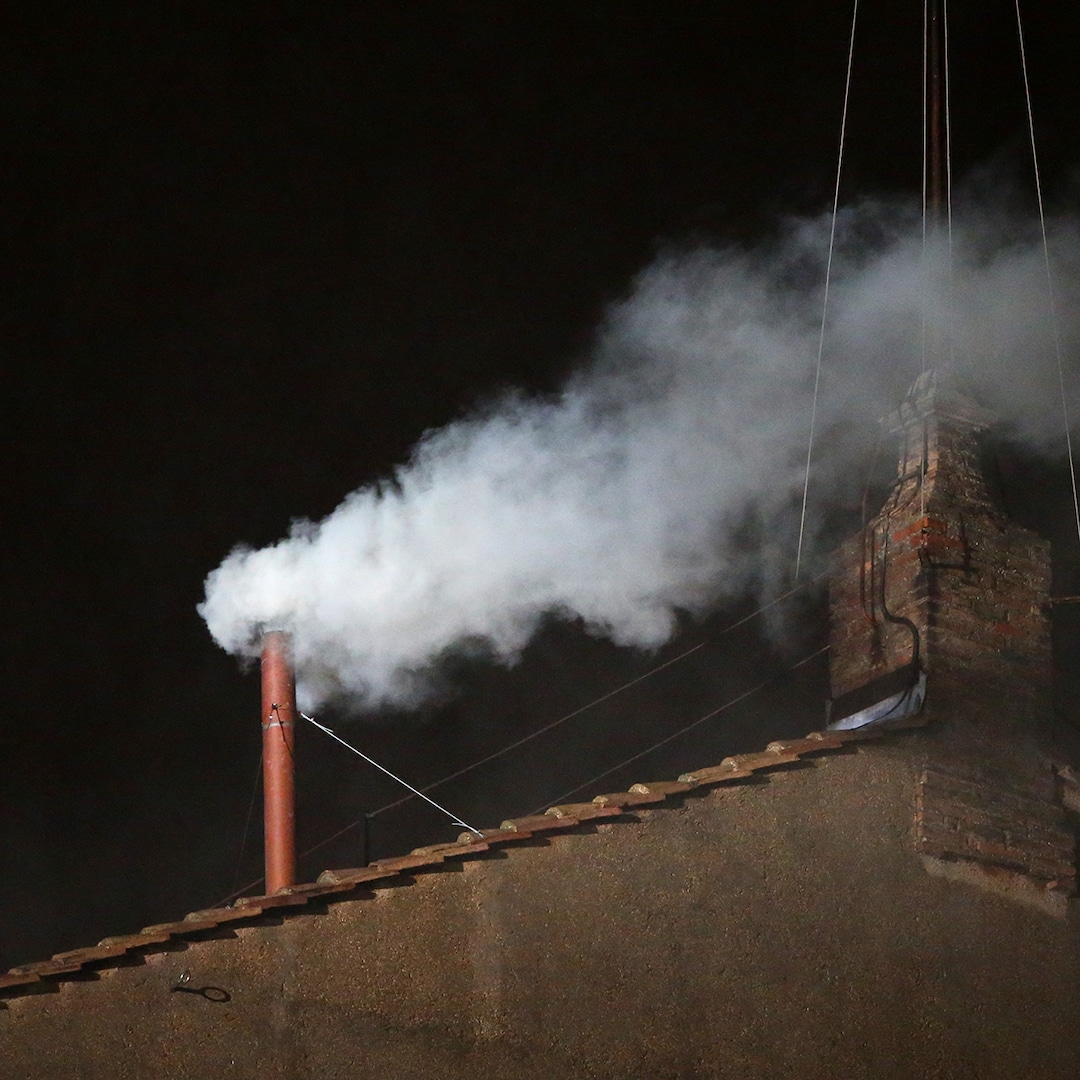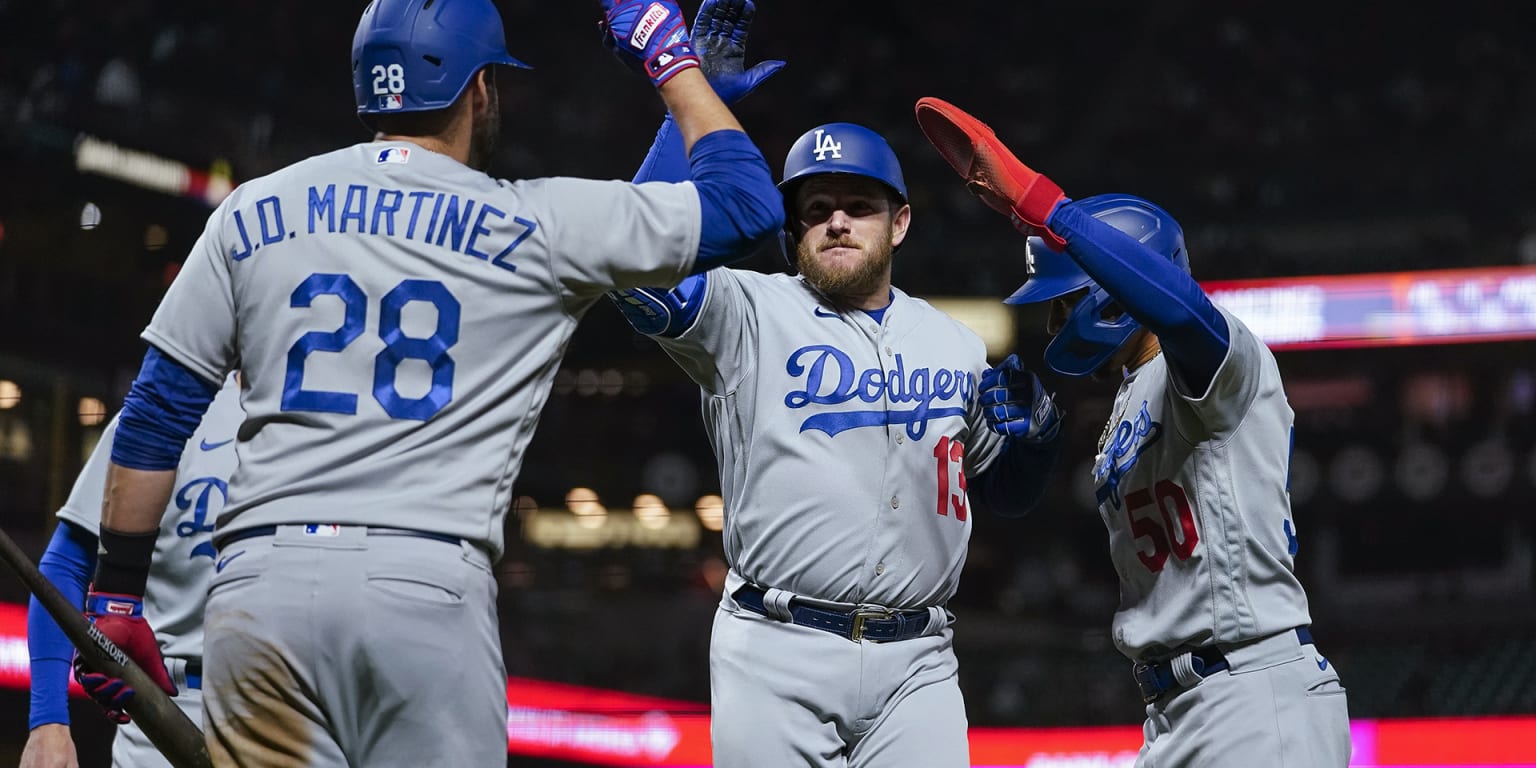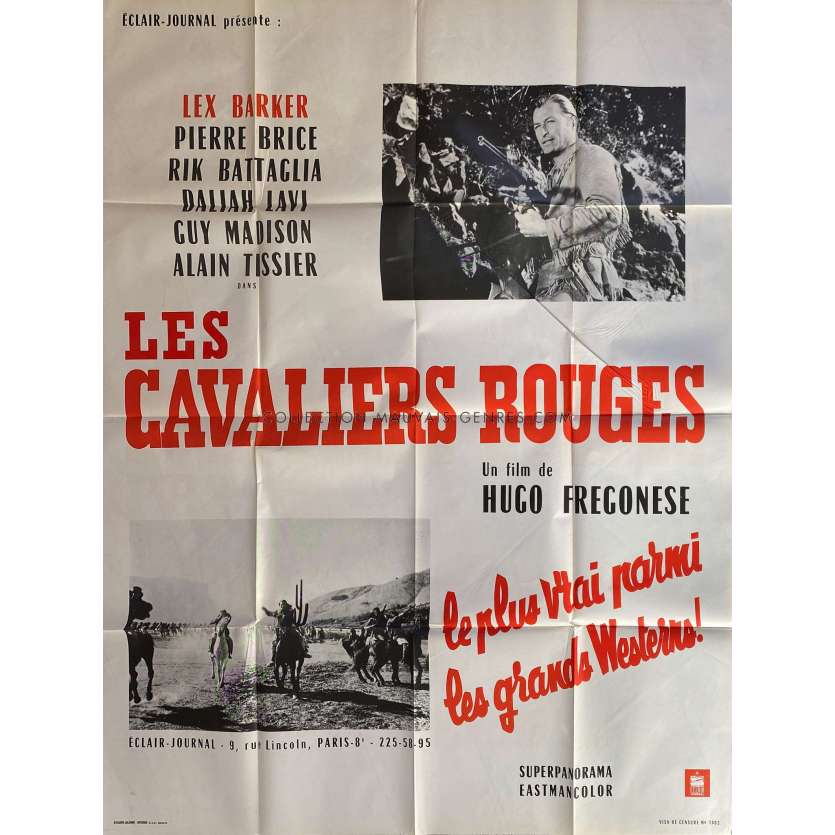Papal Election: A Guide To The Conclave Process

Table of Contents
The Stages Leading Up to the Conclave
The period between a Pope's death or resignation and the beginning of the conclave is a time of transition and preparation. Several key events mark this crucial phase, laying the groundwork for the Papal Election itself. This period, often characterized by a sense of solemnity and anticipation, is vital in ensuring a smooth and orderly succession.
-
The announcement of the Pope's death/resignation: The official announcement, usually made from the balcony of St. Peter's Basilica, marks the beginning of the sede vacante period. This announcement is a significant moment, signaling the start of the process to elect a new leader for the Catholic Church. The specifics of the announcement, including the manner and the details shared, vary depending on the circumstances.
-
The sede vacante period – the vacancy of the papacy: During this time, the governance of the Church falls under the authority of the College of Cardinals. This period is characterized by a suspension of certain papal powers and the establishment of a temporary governing body. The sede vacante period is governed by specific rules and procedures detailed in the Apostolic Constitution Universi Dominici Gregis.
-
The role of the Cardinal Camerlengo during the sede vacante: The Cardinal Camerlengo acts as a kind of interim administrator, overseeing the Vatican's finances and ensuring the smooth running of the Papal States. The Camerlengo's role is crucial in maintaining stability and order during this period of transition before the Papal Election.
-
Preparation of the Sistine Chapel for the conclave: The Sistine Chapel, the historic location of the conclave, undergoes a thorough cleaning and preparation. Security measures are heightened, and arrangements are made to accommodate the cardinals who will be participating in the Papal Election.
-
The gathering of eligible cardinals in Rome: Cardinals from around the world travel to Rome to participate in the conclave. Their presence in Rome signifies the commencement of the formal process leading to the Papal Election. The arrival of the cardinals in Rome is a significant event, bringing together a diverse group of Church leaders from different backgrounds and cultures.
The Conclave Itself: Secrecy and Procedure
The conclave, held in the Sistine Chapel, is a period of intense deliberation and secrecy. The process is governed by strict rules designed to ensure a fair and unbiased election. The atmosphere is one of intense focus, as the cardinals undertake the weighty responsibility of choosing the next Pope.
-
The oath of secrecy taken by all participants: Before the conclave begins, all participating cardinals take a solemn oath of secrecy, promising not to reveal any information about the proceedings. This vow of secrecy is crucial in maintaining the integrity of the Papal Election process. Breaching this oath carries serious consequences.
-
The voting process: ballots, counting, and scrutinies: The cardinals cast their votes using specially prepared ballots. The ballots are meticulously counted by appointed officials, and the results are carefully scrutinized. The voting process is repeated until a two-thirds majority is reached.
-
The significance of two-thirds majority for election: The requirement of a two-thirds majority ensures a broad consensus among the cardinals and prevents a hasty or divisive election. This threshold requires a significant level of agreement, promoting unity within the Church.
-
Accommodation and living conditions of the cardinals during the conclave: The cardinals live in a simple and austere environment within the Vatican during the conclave, focusing entirely on the task at hand. Their accommodations are designed to encourage reflection and deliberation, free from outside distractions.
-
The burning of ballots and the "black smoke" and "white smoke" signals: The burning of ballots after each voting round provides a visual signal to the world outside. Black smoke indicates that no Pope has been elected, while white smoke signifies the election of a new Pope. This symbolic display has become a widely recognized aspect of Papal Elections.
The Role of the Cardinals in the Papal Election
The cardinals play a central role in the Papal Election. Their responsibilities and qualifications are critical to the process. Understanding their role provides insight into the complexities and significance of this important event.
-
Eligibility requirements for cardinals to participate: Only cardinals under the age of 80 are eligible to participate in the conclave. This age limit is designed to ensure that the cardinals are active and engaged in the Church's leadership.
-
The importance of their individual votes: Each cardinal's vote carries equal weight in the election. This ensures that all cardinals have an equal voice in the selection of the next Pope.
-
The influence of different factions and political considerations within the conclave: While officially focused on theological considerations, political influences and differing theological viewpoints can subtly affect the dynamics of the conclave and the candidates' appeal.
-
The cardinals' role in electing a Pope who can lead the Church: The cardinals are tasked with electing a Pope who can effectively lead the Catholic Church into the future. This responsibility requires careful consideration of the candidates' theological views, administrative skills, and pastoral experience.
The Election and Announcement of the New Pope
The moment of election is a pivotal point in the Papal Election process. It is followed by a series of events that mark the beginning of the new papacy.
-
The announcement of "Habemus Papam!" ("We have a Pope!"): This announcement, made from the balcony of St. Peter's Basilica, is met with jubilation by Catholics worldwide. This moment is a highly anticipated event, filled with emotion and symbolism.
-
The new Pope's first appearance on the balcony of St. Peter's Basilica: The new Pope's first public appearance is a significant moment, marking his official acceptance of the papacy and his connection with the global Catholic community.
-
The inauguration of the new Pontiff: The formal inauguration of the new Pope is a significant event, marking the official commencement of his papacy. This ceremony is replete with religious and symbolic elements.
-
The implications of the new Pope's election for the Catholic Church and the world: The election of a new Pope has profound implications for the Catholic Church and the world, shaping its direction and influencing global affairs.
-
The beginning of the new papacy and its challenges: The new Pope faces a range of challenges in leading the Church, including addressing social, political, and theological issues.
Conclusion
The Papal Election, a process steeped in tradition and shrouded in secrecy, holds immense significance for the Catholic Church and the global community. Understanding the steps involved, from the initial preparations to the dramatic announcement of the new Pope, allows for a deeper appreciation of this pivotal event. By examining the roles of the cardinals, the mechanics of the conclave, and the symbolism surrounding the election, we gain insight into the complex workings of the Vatican and the leadership transition within one of the world's largest religions. To further deepen your understanding of this fascinating process, continue researching the history of Papal Elections and the significant figures who have shaped the Church through their leadership. Learn more about the intricacies of the Papal Election and its impact on the world.

Featured Posts
-
 Wnba Free Agency Aces Gamble On Parker Tyus And Evans
May 07, 2025
Wnba Free Agency Aces Gamble On Parker Tyus And Evans
May 07, 2025 -
 Brent Rooker Max Muncy Home Runs Secure Athletics Win Against Mariners
May 07, 2025
Brent Rooker Max Muncy Home Runs Secure Athletics Win Against Mariners
May 07, 2025 -
 55 Points D Ecart L Humiliation Du Heat Par Les Cavaliers
May 07, 2025
55 Points D Ecart L Humiliation Du Heat Par Les Cavaliers
May 07, 2025 -
 Lotto 6aus49 Ziehung Vom 9 4 2025 Alle Gewinnzahlen Im Ueberblick
May 07, 2025
Lotto 6aus49 Ziehung Vom 9 4 2025 Alle Gewinnzahlen Im Ueberblick
May 07, 2025 -
 Whats Next For Simone Biles After Gymnastics
May 07, 2025
Whats Next For Simone Biles After Gymnastics
May 07, 2025
